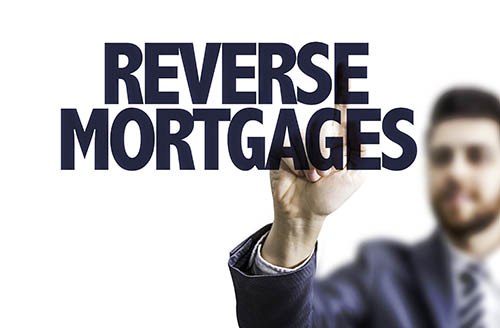 In short, a reverse mortgage is a type of home loan secured by a primary residence, where repayment is deferred to a later date – generally when the home sells. If you are 62 or older and you want money to pay off your mortgage, supplement your income, or pay for healthcare expenses, for example, you may consider a reverse mortgage. This loan allows you to convert some of the equity in your home without having to sell your home.
In short, a reverse mortgage is a type of home loan secured by a primary residence, where repayment is deferred to a later date – generally when the home sells. If you are 62 or older and you want money to pay off your mortgage, supplement your income, or pay for healthcare expenses, for example, you may consider a reverse mortgage. This loan allows you to convert some of the equity in your home without having to sell your home.
The reverse mortgage is not for everyone! You need enough equity built up in your home as well as qualifying with a financial assessment of income and credit to ensure that you can pay property taxes, homeowners’ insurance, and other applicable property charges.
The HECM ( home equity conversion mortgage) is the FHA government-insured reverse mortgage which today is the most popular in the United States. It is the only reverse mortgage insured by the federal government, and because of their involvement, lenders can offer these loans with generous financing terms. HUD regulates the program and FHA is the insurer. It is a federally insured loan product that allows homeowners age 62 or older to access a portion of their home equity in cash, monthly payments, or a growing line of credit. In a traditional loan, funds ( payments ) move from a borrower’s bank to a lender or servicer. A reverse mortgage loan moves funds from the lender or servicer to the borrower. Thus, it moves in reverse. Today proprietary reverse mortgage loans which are not FHA insured yet follow HUD guidelines, are available to homeowners whose home values are higher than the maximum claim levels established for the HECM.
To learn more about reverse mortgages, contact your local certified Reverse Mortgage professional mortgage (CRMP) for guidance and expertise.